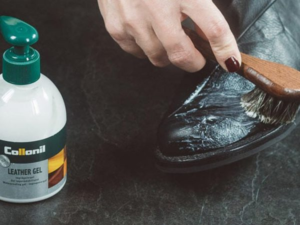How to Soften a Leather Jacket
Owning a leather jacket is often associated with style and elegance, but it’s not uncommon for new jackets made of genuine leather to feel stiff and uncomfortable. If you’re wondering how to soften a leather jacket and make it more comfortable to wear, you’re in the right place.
In this article, we will present several methods and recommendations that will guide you through the process of softening and breaking in your leather jacket, ensuring optimal comfort and enhancing your overall wearing experience.
How to Soften a leather jacket, understanding Leather Types
When it comes to softening leather jackets, it’s important to consider the specific type of leather used in your jacket. Different types of leather have distinct characteristics and require different approaches for softening. Here are some common types of leather and their softening method.
Full-grain leather
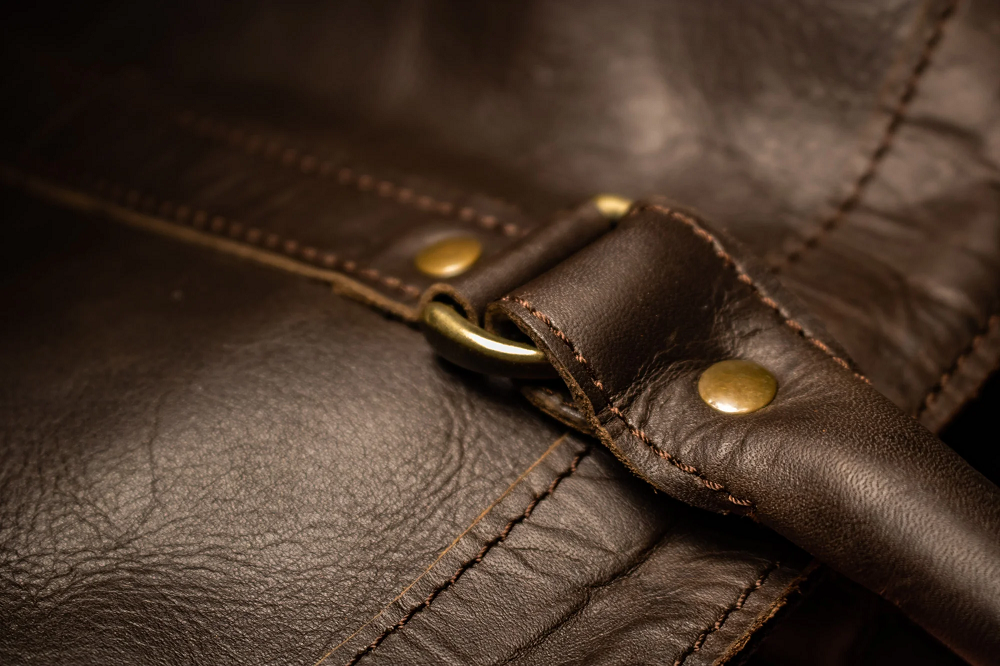
Full-grain leather is made from the top layer of the hide, which retains the natural grain and imperfections. This type of leather is known for its durability and develops a beautiful patina over time.
To soften a full-grain leather jacket, wearing it regularly and following the general softening techniques mentioned earlier can be effective.
Conditioning the jacket with a high-quality leather conditioner specifically formulated for full-grain leather is recommended.
Top-grain leather
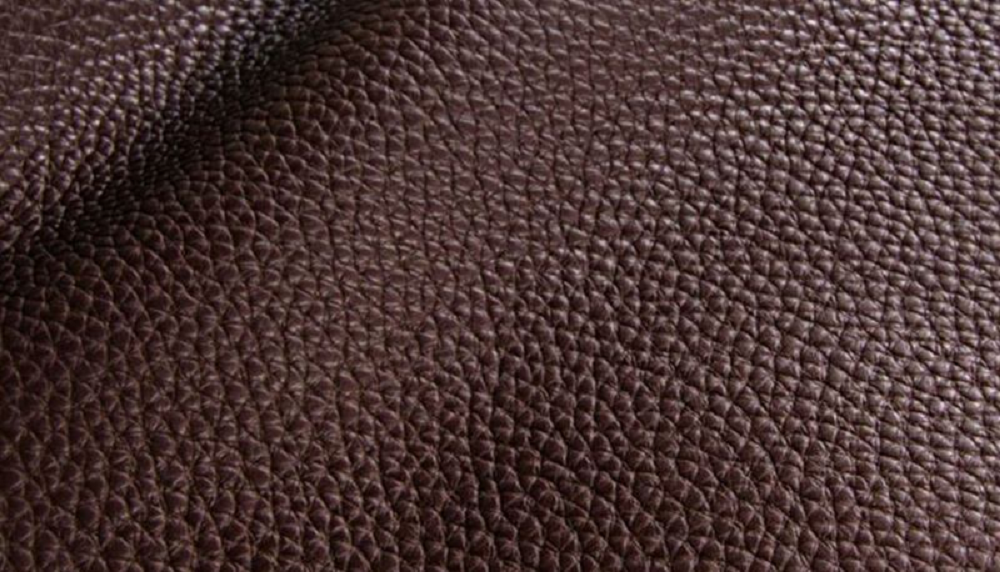
Top-grain leather is similar to full-grain leather but has been sanded or buffed to remove imperfections, resulting in a smoother surface.
It is still durable and retains some natural characteristics.
Softening top-grain leather jackets can be done by following similar methods as full-grain leather.
Conditioning with a suitable leather conditioner helps keep the leather soft and supple.
Suede leather

The Suede is made from the underside of the hide and has a soft, napped texture. It is more delicate and requires special care when softening.
To soften a suede leather jacket, you can use a suede brush or a soft cloth to gently rub the surface in circular motions. Steam treatment can also help relax the fibers and make the suede softer.
Avoid using excessive water or liquid conditioners on suede, as they can cause damage. Instead, use a suede-specific conditioner or a small amount of suede protector spray to maintain its softness.
Nubuck leather
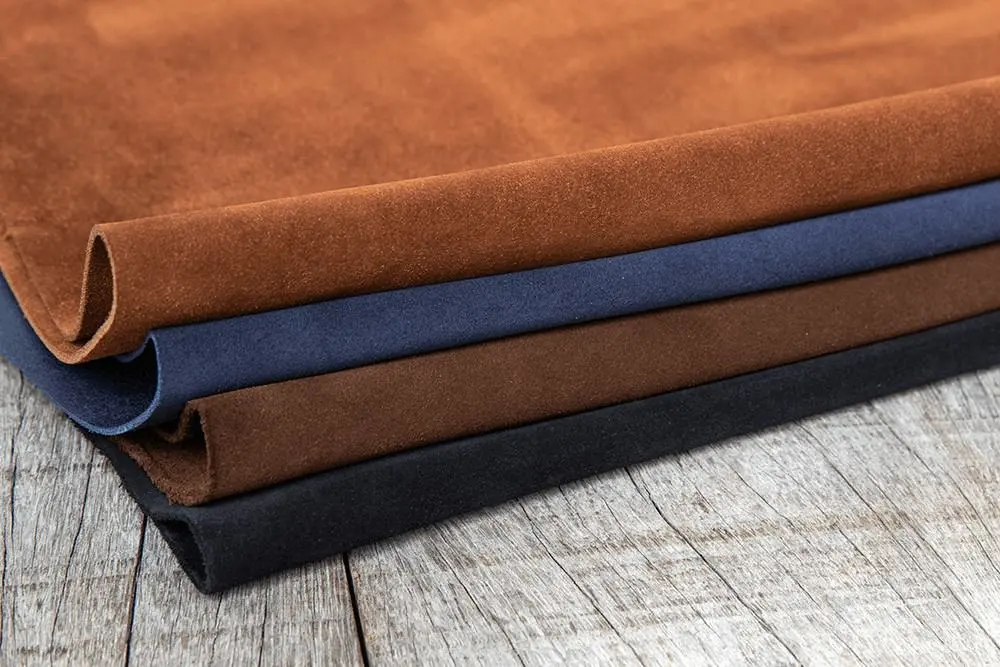
Nubuck is similar to suede but is made from the top grain of the hide, resulting in a velvety texture. It is more resilient than suede but still requires careful handling.
Softening nubuck leather jackets involves using a nubuck brush or a soft cloth to gently rub the surface.
You can also apply a small amount of nubuck conditioner or protector spray to maintain its softness and protect it from stains.
Breaking In Your Jacket
To begin the softening process, follow these steps.
Wear your jacket to loosen it up
- Wear the jacket regularly to break it in and soften the leather.
- Gradually increase the duration of wearing the jacket over time.
- Move around, bend your elbows, and twist back and forth to help stretch the leather fibers.
- Focus on areas that feel tight or restrictive and gently stretch them to encourage greater flexibility.
Crumple and roll around your jacket
- Roll the jacket into a ball and toss it around to work out the stiffness.
- Bend the jacket back and forth to make it more comfortable.
Wet your jacket to soften it
- Wear the jacket in light rain or lightly spray it with water to moisten the leather.
- Allow the leather to dry naturally, contouring your body and becoming softer.
Avoid heavy rain and make sure to dry the jacket before storing it.
Move your arms around to help the wet jacket mold to you
While the jacket is wet, move your arms, bend your elbows, twist around, and perform normal arm motions.
This allows the jacket to form around these movements, resulting in a less stiff feel.
Conditioning the Jacket
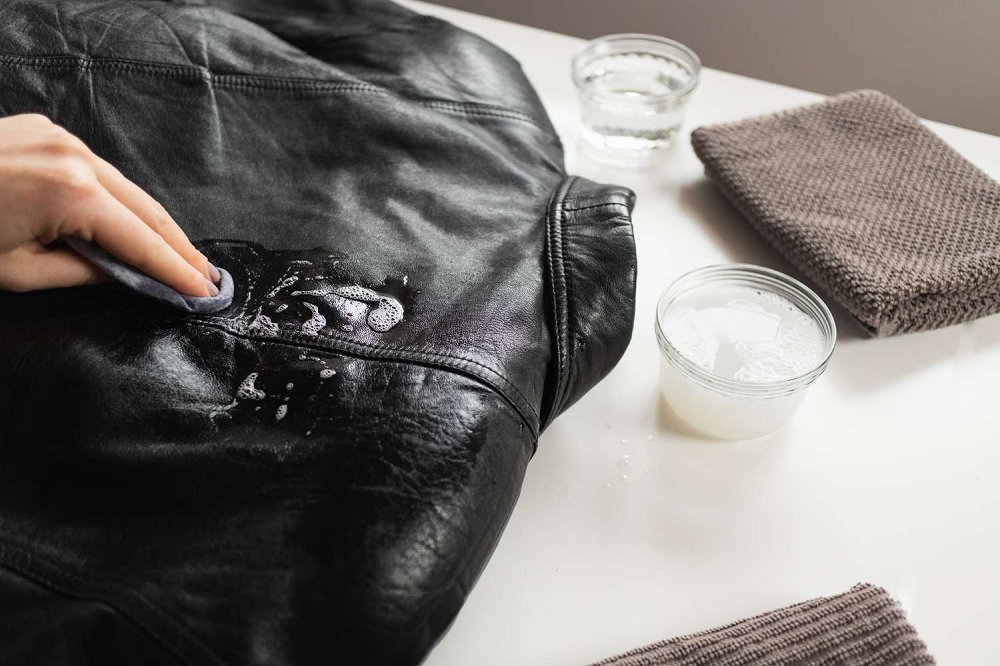
Proper conditioning is essential for softening and maintaining the quality of your leather jacket. Follow these steps.
Clean your jacket before any conditioning treatments
- Use water and a mild detergent or specialized leather cleaner to remove dust or dirt from the surface.
- Dry the jacket thoroughly before proceeding.
Apply a specialized leather conditioner to your jacket
- Pour a small amount of conditioner onto a clean rag and rub it into the jacket.
- Ensure even coverage, paying attention to all areas of the jacket.
- Hang the jacket to dry after conditioning.
- Reapply the conditioner every 6-12 months to maintain softness.
Try castor oil for a cheaper solution
- Castor oil can be used as an alternative to leather conditioners.
- Pour some oil onto a clean sponge and wipe it all over the jacket.
- Let the oil soak in for a few hours before storing the jacket.
Leather can dry out over time, leading to stiffness. Moisturizing techniques can help restore its softness and flexibility.
Leather Stretching
If your leather jacket feels tight or constricting, stretching it can improve comfort.
- Hang your jacket on a sturdy hanger and gently tug and stretch the areas that feel tight.
- Be cautious not to overstretch or damage the leather.
Professional Assistance
If your leather jacket is extremely stiff or you are unsure about applying DIY methods, consider seeking professional help. Leather experts or tailors can offer specialized treatments to soften and condition your jacket without causing any damage.
Conclusion
In conclusion, by following these tips and recommendations, you can successfully soften your leather jacket, making it more comfortable to wear.
Remember to regularly clean, condition, and moisturize your jacket to maintain its softness and preserve its quality. If you’re looking for specific instructions on how to soften a leather jacket in a dryer, make sure to consult proper guidelines and techniques to achieve the desired results.



